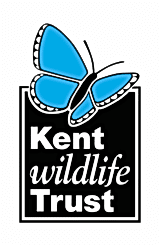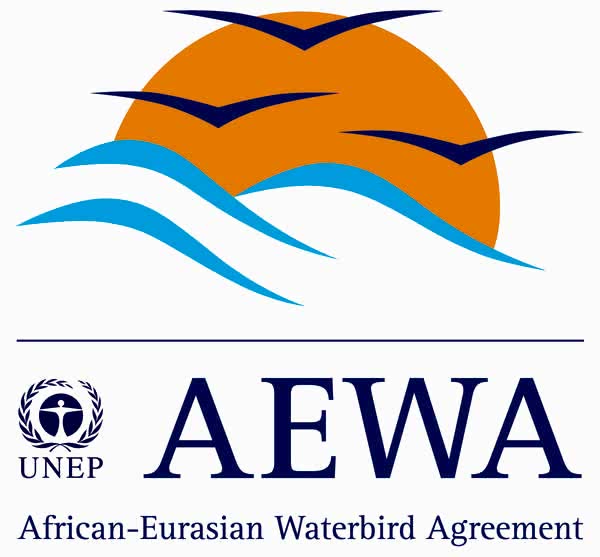British Grassland Society conference: grazing management: the principles and practice of grazing, for profit and environmental gain, within temperate grassland systems.
Published source details Harris R.A. & Jones R.M. (2000) British Grassland Society conference: grazing management: the principles and practice of grazing, for profit and environmental gain, within temperate grassland systems. Harrogate, 29 February-2 March 2000., 157-158.
Actions
This study is summarised as evidence for the following.
| Action | Category | |
|---|---|---|
Maintain upland heath/moorland Action Link |
Maintain upland heath/moorland
A trial from 1987 to 1998 at a grassland/heath study site on Hoy, Orkney Islands, Scotland (Harris & Jones 2000) found that under a low intensity seasonal grazing regime, the abundance of Scottish primrose Primula scotica increased from 659 plants in 1987 to 3,980 plants in 1998. The abundance and flowering of 40 other broadleaved species also increased. Under the regime, grazing was removed during spring and summer to permit flowering and seed setting, followed by heavy grazing in the autumn, extending into winter, to produce niches for seedling establishment (no artificial fertilizers or pesticides were used). The resulting species-rich vegetation layer included species which had previously been unable to colonize due to the summer grazing pressures. Sheep productivity was comparable with a commercial system but stocking density was lower (around 2.5 ewes/ha). The impact on vegetation was recorded during a tiered monitoring programme, not described in the paper.




















